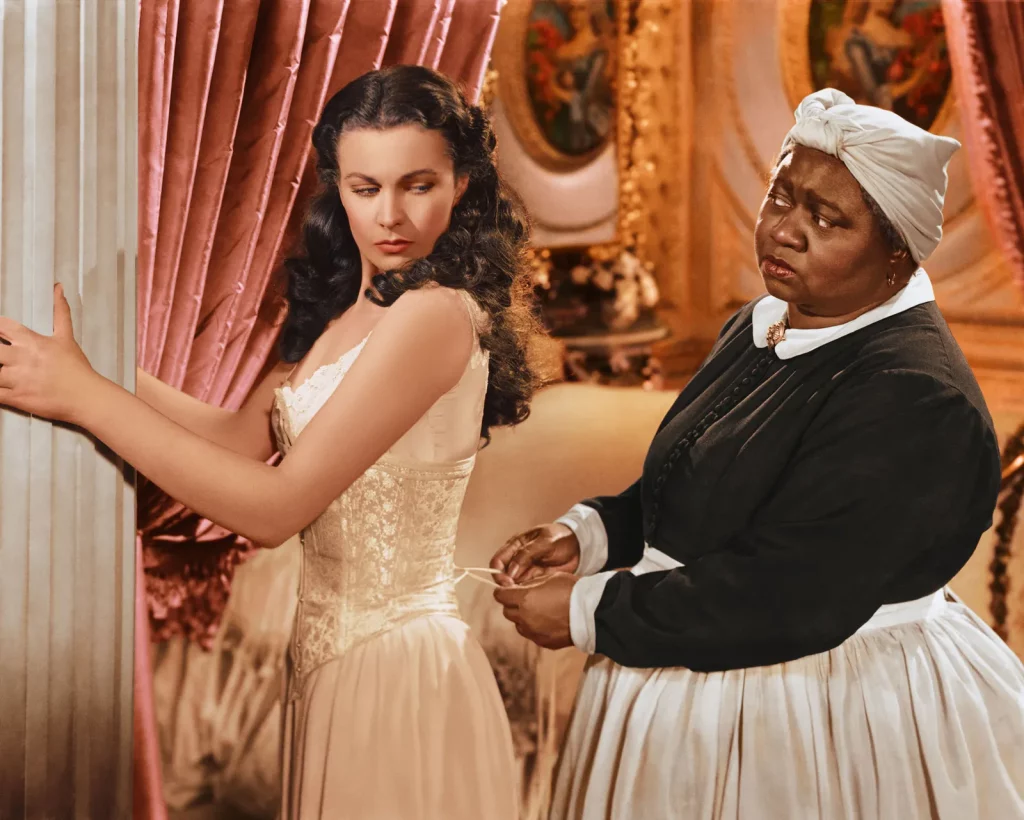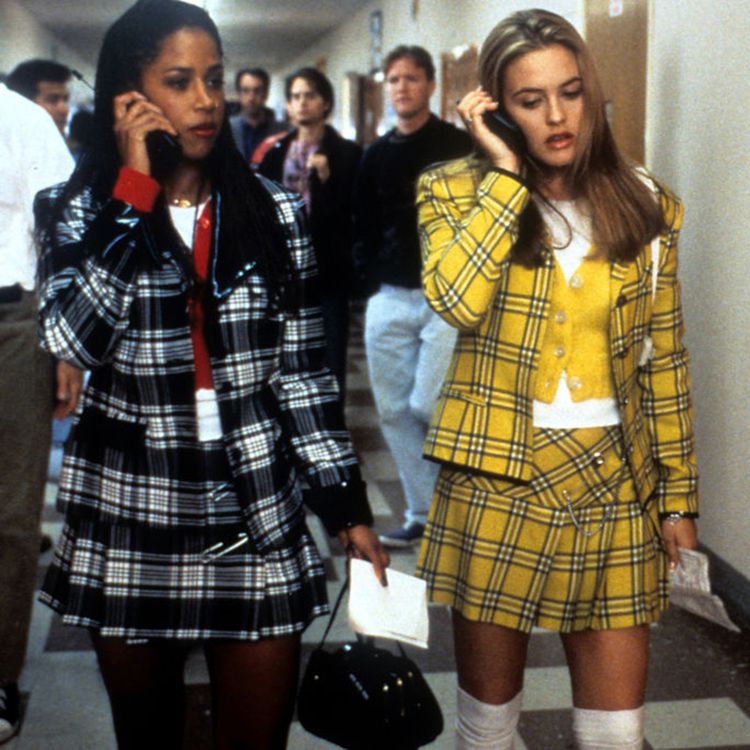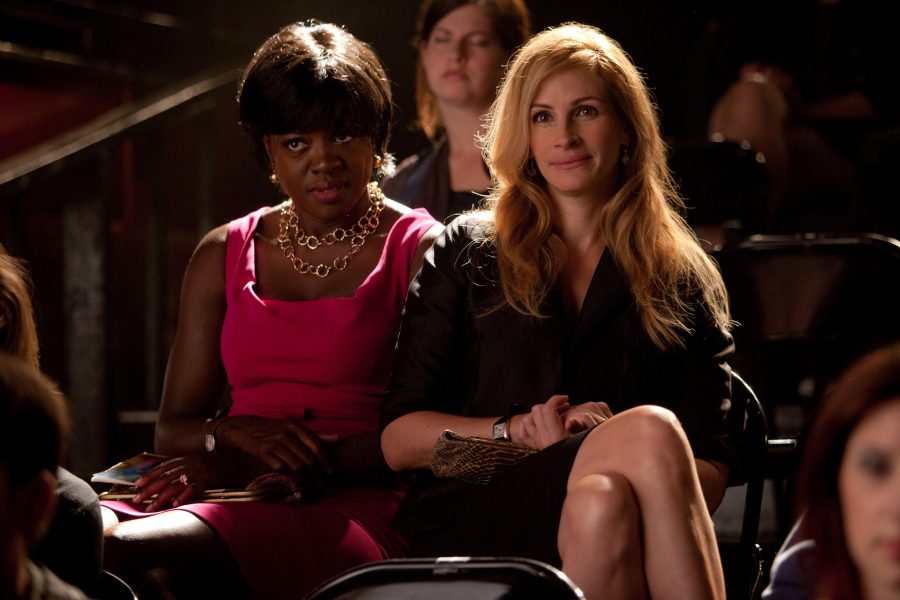
MulveyŌĆÖs exploration of the male gaze in film theory has been the catalyst for a series of research in media of the portrayal of the female figure and self. What was defined as attractive was encoded in a ŌĆ£dominant patriarchal order ŌĆ£(Mulvey 1975). The unpacking of ŌĆ£scopophiliaŌĆØ or ŌĆ£pleasure in lookingŌĆØ, delves into the feelings of pleasure elicited by observing someone or being observed ( Mulvey 1975). The camera filming mirrors the gaze of the presumed heterosexual male spectator, sexualizing the female form as an object without agency.┬Ā
In the film I Am Not An Easy Man a womanizing bachelor hits his head and wakes up in a world where all the gender roles and norms have been completely reversed. In this world, he experiences the pressure of being ŌĆ£looked atŌĆØ and acted upon rather than being the actor. This movie cleverly subverts the male gaze through a female lens, placing the women in a place of authority and agency while showing the effects of the male gaze and the pressures it puts on women in our society.┬Ā
To go further, I am interested in critiques of the male gaze, specifically through the lens of the oppositional gaze.

The term was coined by bell hooks, a black female scholar who introduces the repression of the black female gaze in film. hooks aptly discusses how black women have been historically excluded in film and featured in opposition to the white character, typically as the opposite to the ŌĆśdesiredŌĆÖ white woman (hooks 2014). The reactionary black independent cinema, often focused only on resisting the racist negation of black people in cinema and reproduced the same phallocentric objectification (hooks 2014). Without intersectionality, the theory of the male gaze cannot dive into the politics of black female resistance to hegemonic meanings in film.┬Ā
I will refer to the character of Mammy in Gone with the Wind and compare it to a more modern portrayal of black womanhood in cinema. Black female characters in mainstream cinema are still underrepresented and seldom portrayed in a multidimensional lens. The Mammy stereotype of the older, subservient black woman alienates and erases the black female spectator from identification with the gaze, forcing her to watch a non-existent imagination of a black female. As hooks mentions in her essay the black women disassociate with their body, choosing to imagine themselves as the white woman.

In a modern paradigm the same feeling might be evoked from a character like Dionne from Clueless. This character embodies the trope of the ŌĆśsassy black friend’. This trope is one-dimensional and limits quality representation in media, creating a distance between the black female experience and the portrayal of it onscreen.┬Ā
To conclude, while MulveyŌĆÖs theory on the male gaze explores the influence that the heterosexual male gaze has had on the phenomenon of scopophilia in film, it is essential to expand the critique of female representation in an intersectional way, leading to better quality representation of the vastness of different female experiences on film.
Bibliography:
ŌĆīBennett, J. (2023).┬Ā10 Examples Of The ŌĆśBlack Best FriendŌĆÖ Trope Kerry Washington Now Rejects. [online] VIBE.com. Available at: https://www.vibe.com/lists/examples-black-best-friend-trope/stacey-dash-in-clueless/ [Accessed 4 Dec. 2023].
ŌĆīhooks, b. (2015).┬ĀBlack Looks : Race and Representation. New York: Routledge, pp.115ŌĆō131. Available at: https://doi-org.uow.idm.oclc.org/10.4324/9781315743226
ŌĆīLoreck, J. (2016). Explainer: what does the ŌĆśmale gazeŌĆÖ mean, and what about a female gaze?┬Ā[online] The Conversation. Available at: https://theconversation.com/explainer-what-does-the-male-gaze-mean-and-what-about-a-female-gaze-52486#:~:text=The%20male%20gaze%20creates%20a.
Mulvey, L. (1975). Visual Pleasure and Narrative Cinema.┬ĀScreen, 16(3), pp.6ŌĆō18. Available at: ┬Āhttps://doi-org.uow.idm.oclc.org/10.1093/screen/16.3.6
Netflix (2018).┬ĀI Am Not An Easy Man | Official Trailer [HD] | Netflix.┬ĀYouTube. 1 April. Available at: https://www.youtube.com/watch?v=2bFHdkzqSZA [Accessed 4 Dec. 2023].
TV Tropes. (n.d.). Sassy Black Woman. [online] Available at: https://tvtropes.org/pmwiki/pmwiki.php/Main/SassyBlackWoman.
ŌĆī
ŌĆī
ŌĆī


You’ve spent three films exploring the male gaze, films that objectify women thus pleasing heterosexual men. But you said I Am Not An Easy Man was a turning point and also explored the black female gaze, improved by Mum in Gone With The Wind. I love your blog and write about films that interest me. You critique the gender and racial gaze in film and write about it comprehensively.
The article uses Laura Mulvey’s theory of the “male gaze” to critique the way women are portrayed in film and media. Mulvey points out that many narratives are told from a male perspective, limiting women to sexually objectified roles. The film I’m Not an Easy Man subtly reverses the male gaze by inverting gender roles and norms, demonstrating the pressures this theory places on women.
The article also introduces Belle Hooks’ theory of the “defiant gaze” to explore the suppression of the black female gaze in film and its contrasting representation with white characters. For example, the characters of Mamie in Gone with the Wind and Dionne in No Clue Girl demonstrate the one-dimensionality and stereotyping of black female characters in mainstream cinema.
The article concludes by stating that while Mulvey’s theory explores the impact of the heteronormative male gaze in cinema, it needs to be expanded to include an intersectionality-inclusive critique of women’s representations in order to better demonstrate the breadth of different women’s experiences in cinema. This can help to help women enhance the qualitative representation of multidimensional experiences in film.